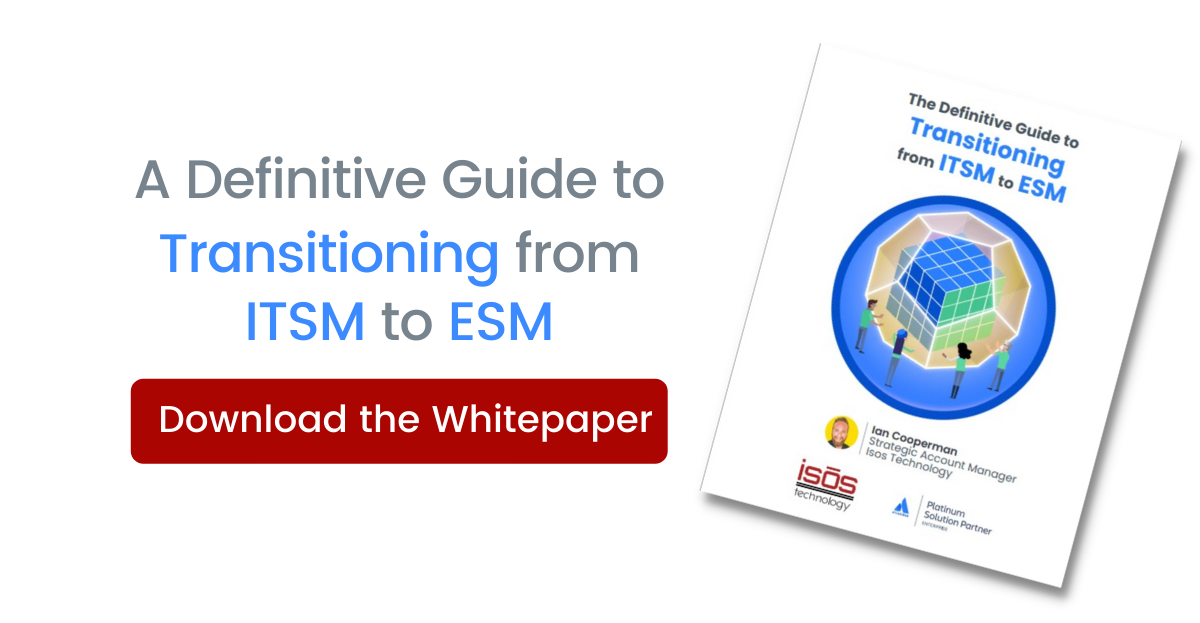
Simply put, the term Enterprise Service Management (ESM) means extending the value of IT across the enterprise and bringing ITSM know-how and tools to every department in an organization. The shift toward ESM was well underway before COVID-19, due to demand for better customer experiences, the desire for companies to work more efficiently, and the need to be able to respond quickly to business changes, but the pandemic certainly accelerated it.
Overnight, the world changed, and ITSM teams were called upon to enable newly remote workforces. Things that had always been done in person, in an office, suddenly had to be done online. New standard operating procedures had to be established for managing requests, conducting work, collaborating within and across teams, and ensuring transparency and accuracy. Yet each team, with its own unique set of responsibilities, processes, workflows, and even terminology needed the flexibility to work in the way that best served them.
As this shift continues to gain momentum, more organizations are recognizing ITSM teams as center of excellence in two key areas that support new, better ways of working—service management and knowledge management—and are calling upon them to leverage both their expertise and tooling to help business teams work more efficiently, effectively, and transparently.
Why Business Teams Can Benefit from ITSM Service and Knowledge Management Expertise
ITSM teams are not the only teams in an organization that take in requests from internal and/or external customers, fulfill them, and share information like policies and procedures to a broad audience. Accounting, Facilities, Human Resources, Legal, and Marketing, among others, also do this, yet they may not have the right tools in place to support them. They may still be using email or Slack to take in requests and share information. As a result, information is incomplete, out of date, and housed in different places—no one has a clear picture of what is going on and things fall through the cracks.
ITSM processes and practices can be used to help solve these problems across the organization, and so can Atlassian Tools like Jira Service Management (JSM) and Confluence, which are likely already in use within your organization. By extending the use of these tools to business teams, ITSM can help them better manage how requests are submitted and work is done and streamline how information is maintained and shared.
Looking to learn more about Enterprise Service Management? Read our white paper, The Definitive Guide to Transitioning from ITSM to ESM.
Sign up to receive more great content
Learn more about Atlassian and how Isos can help by signing up to receive our latest blogs, eBooks, whitepapers and more.














